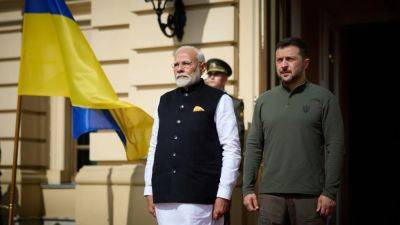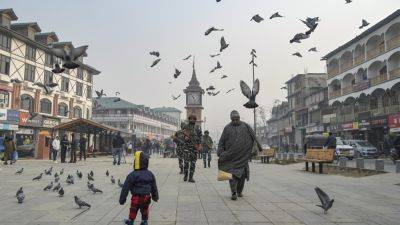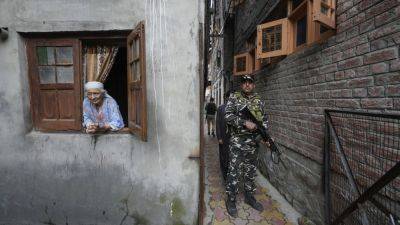India’s cheetah reintroduction plan faces collapse after the death of its only wild-roaming cat
Pavan was one of the first cheetahs airlifted from Africa to India in 2022 as part of New Delhi’s initiative to reintroduce the apex predators to select grasslands in central India for conservation purposes.
This marked the world’s first intercontinental translocation of wild cats.
Since then, most have been in some form of captivity, either in soft enclosures or restricted roaming areas, to monitor their health.
The cheetah project has been a flagship wildlife initiative for the Modi administration, with significant funding diverted from other programmes. About US$58 million has been spent so far.
Pavan was seen as a critical test case for how African cheetahs, which typically live 10 to 12 years in the wild, could adapt to the Indian wilderness beyond captivity. His death at the age of six years now poses a potentially insurmountable challenge to the project.
Dr Ravi Chellam, a wildlife biologist and conservation scientist, believes that India’s cheetah endeavour has reached a conservation dead end, with little hope for revival.
When asked if the multimillion dollar cheetah project could be salvaged, Chellam’s response was blunt: “Not really, because we’ve put the cart before the horse.”
“We should have first prepared a sufficient extent of suitable habitat and then brought the cats. Instead, the cats have been here in India for nearly two years, and we are still preparing small fragments of habitat, fencing these areas, and focusing on captive breeding,” he said.
Chellam, a fierce critic of the project, added: “It is not even clear what they are hoping to achieve other than try to salvage some prestige. This poorly planned and even more poorly implemented project has badly dented India’s reputation in wildlife science,







